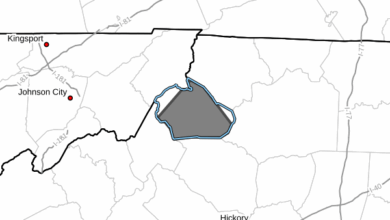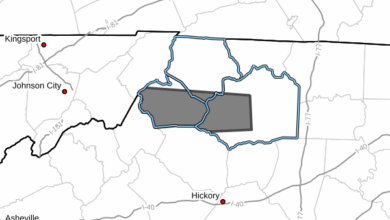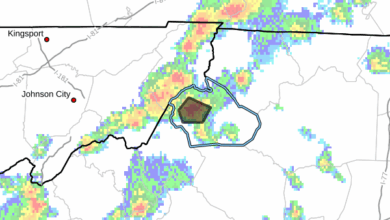Last Updated on October 2, 2022 5:59 pm
RALEIGH, N.C. (May 9, 2019) — Results from the N.C. Wildlife Resources Commission’s annual deer harvest summary indicate hunters across the state reported harvesting 143,529 deer during the 2018-19 hunting season — a 9 percent decrease compared to the average harvest the last three seasons.
Deer harvests changed little in the Central and Northwestern zones (-1.2 percent and +0.6 percent, respectively); increased in the Western Zone by 7.3 percent; and declined in the Southeastern and Northeastern zones (-19.2 and -20.4 percent respectively). The largest declines occurred in the antlered buck harvest in the Southeastern and Northeastern zones ( -23.9 percent and -24.9 percent, respectively). Deer Zone Map
Of the deer harvested, 51.5 percent were antlered bucks, 4.6 percent were button bucks and 43.9 percent were does. Most deer were harvested with a gun (81.1 percent), followed by blackpowder (8.1 percent), bow (6.3 percent) and crossbow (4.5 percent). Table
The variation in harvest from year to year and from zone to zone is something biologists expect to see and is due to a number of factors that can include weather, mast (acorn and berries), disease, hunter effort, harvest selectivity, and reporting compliance. This year, significant rule changes, including a statewide antlered bag limit of two, and antlerless bag limit of four, along with weather events, such as Hurricane Florence, likely impacted hunter effort, harvest selectivity and reporting compliance, all of which can affect harvest numbers.
Reported harvest data provide valuable trend information that biologist use, in combination with other recurring agency surveys and biological data, to monitor the herd.
“We primarily focus on long-term trends rather than annual variations to monitor the population, and have observed increasing trends in deer harvest in western North Carolina, likely due to an emerging deer herd and improved deer habitat on private lands,” said Jon Shaw, the Commission’s deer biologist. “In some areas we have relatively stable harvest trends, while in large portions of Eastern North Carolina, we are observing declining trends in harvest and deer numbers.
The Commission implemented rule changes in 2018-2019 to intentionally reduce harvest with the goal of stabilizing deer numbers and improving the sex ratio and age-structure of the herd. Additionally, in the Western Zone, the timing of doe harvest was shifted toward the opening of the season, which has numerous biological benefits for the herd.
“Changes in the structure and condition of the herd take years, but early results are encouraging and indicate we’re heading in the right direction,” he added. “Of course, we will continue to closely monitor the herd, and with the help of hunters, will make additional adjustments if needed.”
The Commission posts annual harvest summaries on its website, as well as live harvest reports, which are available anytime throughout the hunting season. For more information, visit the Commission’s white-tailed deer page.

















